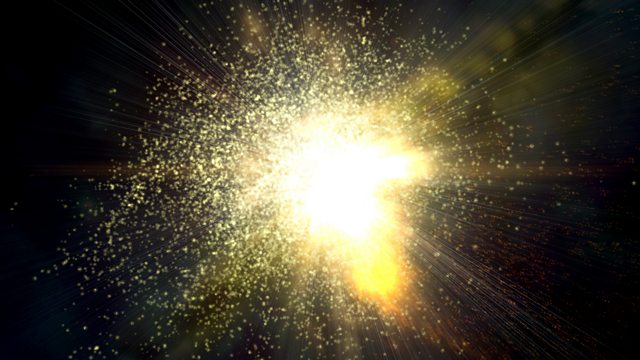
Deep Space
Astronomer Heather Couper traces the history of our understanding of nebulae, which are island universes outside our own galaxy.
Heather Couper presents a narrative history of astronomy.
In 1845 the third Earl of Rosse completed the biggest telescope in the world at his castle in the centre of Ireland. In spite of cloudy skies, this leviathan enabled him to see spectacular detail in the sky, including a spiral structure in certain fuzzy patches known as nebulae. Some of these seemed so big that astronomers thought they must be rotating clouds of gas out of which planetary systems are born.
Henrietta Swan Leavitt refuted this, studying variable stars and realising that a certain type of star varied at a rate that was linked to its brightness. These so-called Cepheid variables could be used to estimate the vast distances of space.
In 1919, the young Edwin Hubble used a new telescope in California to search for Leavitt's Cepheids in spiral nebulae. He discovered, to his astonishment, that the nearest, the Andromeda nebula, lay well outside our own galaxy and constituted an island universe in its own right.
Readers are Timothy West, Robin Sebastian, Julian Rhind-Tutt and John Palmer.
Last on
More episodes
Previous
Broadcasts
- Wed 18 Jun 2008 15:45麻豆社 Radio 4 FM
- Fri 24 May 2013 14:15麻豆社 Radio 4 Extra
- Wed 18 Feb 2015 14:15麻豆社 Radio 4 Extra
- Thu 19 Feb 2015 00:15麻豆社 Radio 4 Extra
- Wed 22 Nov 2017 14:15麻豆社 Radio 4 Extra
- Thu 23 Nov 2017 02:15麻豆社 Radio 4 Extra
